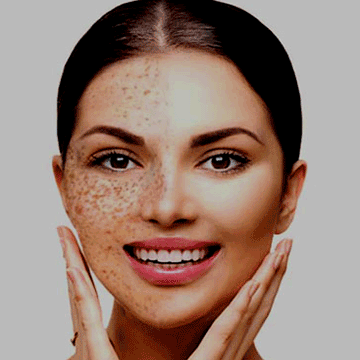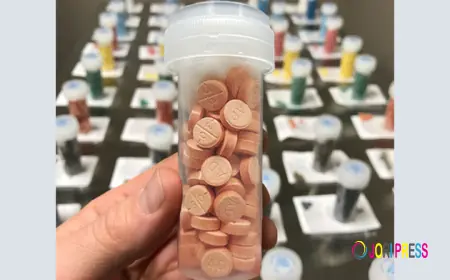How Does Dermal Pigmentation Work on Skin?
Are you tired from your skin pigmentation & unable to find any solution? Consider Dermal Pigmentation Treatment in Dubai for an even complexion.
Our skin color and tone are determined by melanin, a pigment produced by cells called melanocytes. These cells are found in the basal layer of the epidermis but can also affect deeper layers of the skin. When there’s an overproduction of melanin—or when it’s unevenly distributed—it can lead to visible pigmentation issues such as dark spots, patches, and discoloration. These may result from sun damage, hormonal shifts, inflammation, or injury. Dermal Pigmentation Treatment in Dubai is designed to correct such issues by targeting excess melanin within the deeper layers of the skin. Understanding how this treatment works begins with knowing how melanin behaves. When triggered—by factors like UV exposure, hormones, or skin trauma—melanocytes can send melanin deeper into the skin, making it harder to treat.
How Treatment Targets the Deeper Skin Layers
Dermal pigmentation treatments work through several mechanisms that either break down excess melanin or accelerate skin cell turnover so that pigmented cells are replaced more quickly. Here are the most common techniques used:

Laser-Based Approaches
Laser treatments, especially Q-switched and Picosecond lasers, are highly effective for dermal pigmentation. These lasers penetrate deep into the skin to shatter melanin clusters without harming surrounding tissue. Over time, the pigment particles are absorbed and eliminated by the body’s natural processes.
Chemical Peels
While often used for surface-level issues, medium to deep peels can target the dermis. Ingredients like trichloroacetic acid (TCA) help exfoliate pigmented layers, promoting new skin growth and more even tone.
Microneedling with Serums
Microneedling uses fine needles to create micro-channels in the skin, allowing potent depigmenting serums to reach deeper layers. This dual-action approach stimulates collagen and delivers active ingredients where they’re needed most.
Topical Agents in Clinical Strength
Prescription-strength creams, including hydroquinone, azelaic acid, or retinoids, may be used alongside procedures. These help suppress melanin production and even out skin tone over time.
What Happens After the Treatment?
Post-treatment, your skin will begin the process of regeneration. Depending on the treatment type, some peeling or flaking may occur. The discolored areas usually start to fade gradually over the course of several days or weeks. You may notice improvements in skin brightness, smoothness, and uniformity as pigmentation lightens.
Multiple sessions are often needed for optimal results, especially when dealing with deep, stubborn pigmentation such as melasma or birthmarks. Results can be long-lasting with proper care and sun protection.
Why Skin Assessment Matters
A thorough skin assessment is essential before starting any pigmentation treatment. Professionals look at:
-
Type of pigmentation (melasma, PIH, freckles, etc.)
-
Depth of the pigment (epidermal vs. dermal)
-
Skin type (Fitzpatrick scale)
-
Overall skin sensitivity and health
This ensures the right treatment is selected and reduces the risk of irritation or hyperpigmentation, especially in darker skin tones.

Does It Work on All Skin Types?
Modern treatments have been developed with inclusivity in mind. Techniques like fractional lasers and customized chemical peels are tailored for different skin tones. However, skin of color may need slower, gentler approaches to prevent rebound pigmentation. This is why treatment must be handled by experienced professionals who understand the specific challenges of treating dermal pigmentation safely across all skin types.
Advanced Options in the Region
Dermal Pigmentation Treatment Dubai offerings stand out due to their use of world-class technology and a climate-aware approach. Since sun exposure is a year-round concern in the region, clinics in Dubai emphasize preventative care, strict sun protection, and customized aftercare routines to maintain results.
Final Thoughts
Dermal pigmentation treatment works by addressing pigment deep within the skin—where standard products can’t reach. Whether it’s through lasers, microneedling, or advanced peels, these therapies can effectively reduce discoloration and restore an even, radiant complexion. The key is personalized care, expert technique, and consistent sun protection after treatment. With the right plan, even stubborn pigmentation can be visibly improved, helping you achieve smoother, clearer skin.
What's Your Reaction?
 Like
0
Like
0
 Dislike
0
Dislike
0
 Love
0
Love
0
 Funny
0
Funny
0
 Angry
0
Angry
0
 Sad
0
Sad
0
 Wow
0
Wow
0


















































